
10 Warning Signs Your Pancreas Is In Trouble and When Should You Follow an Anti-Inflammatory Diet
If your pancreas is malfunctioning, it can lead to some unpleasant symptoms. The most noticeable one is the yellowing of your skin and abdominal pain that radiates to the back. The severity and frequency of the pain vary, while some people may not feel any pain at all.
Pancreatitis, the inflammation of the pancreas, is a common disease. Acute pancreatitis can improve on its own, but serious ones should be treated accordingly to avoid permanent damage and life-threatening complications.
Common Pancreatic Diseases
Your pancreas is an organ located just behind the abdomen and it has a dual role. It is associated with both the digestive and endocrine systems.
The exocrine pancreas is responsible for producing your enzymes or natural juices like lipase, protease, and amylase. They break down the food you eat.
Your endocrine pancreas produces hormones that are released into your blood such as insulin, glucagon, gastrin, and amylin.
When your pancreas malfunctions, the food you eat becomes difficult to digest and will lead to malnutrition and other health complications. The most common pancreatic diseases are: 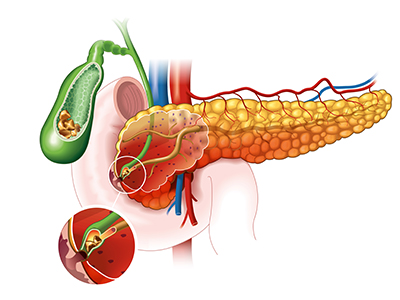
- Acute pancreatitis
- Chronic pancreatitis
- Cystic fibrosis
- Diabetes
- Pancreatic cancer
Only a physical exam, some laboratory tests, and imaging tests can diagnose a pancreatic problem you may have. However, your body may be giving you warning signs that something is wrong.
10 Warning Signs of Pancreatic Problems
The problems of your pancreas may look like symptoms of other health conditions. Chronic pancreatitis does not usually have symptoms until the complications develop.
Here are a few things you should watch out for:
Abdominal Pain
Pancreatitis often includes pain in your upper belly that seems to radiate to the back and gets worse after eating. It is due to the inflammation when your digestive enzymes attack the pancreas itself. Gallstones that block the bile duct can also cause tenderness and belly pain.
Nausea and Vomiting
When food is not broken down properly, your body will get rid of the food it cannot digest. It will lead to nausea and vomiting. Some people may experience dry heaves or retching without producing vomit.
Jaundice
If the pancreatitis is caused by gallstone, fibrosis, or cancer, the patient may develop obstructive jaundice. This is the yellowing of the skin and eyes. If the flow of bile into the intestine is obstructed, bilirubin will build up and seep into your bloodstream. Jaundice is the most common symptom of a malfunctioning pancreas.
Greasy and Smelly Stools
Without the necessary digestive juices, your digestive system works slower and may not be able to break down food at all. Fat in food gets very difficult to process resulting in a greasy, clay-colored, and foul-smelling stool that floats and is difficult to flush.
Unexplained Weight Loss
The loss of appetite and vomiting associated with pancreatic diseases can take a toll on physical health. Weight loss, anorexia, and malnutrition are common in acute pancreatitis because of the higher demand for energy but lower caloric intake.
Fatigue
People with pancreatic problems tend to experience lethargy and a general unwell feeling. Exhaustion happens not just physically but also mentally and it can affect your normal way of life.
Other Gastrointestinal Problems
GI problems like bloating, flatulence, diarrhea, and indigestion may also be symptoms of a malfunction in your pancreas. An inflammation or any problems with the pancreas delimits the secretion of enzymes for digestion and nutrient absorption.
An easy and comfortable approach against fatigue and gastrointestinal problems is a Dual-Extracted Turkey Tail Mushroom. I got myself one from here.
I usually make my own tinctures, but I can trust Nicole’s Apothecary because all herbs are either wild-harvested or organically grown.
Dark Urine
A malfunctioning pancreas can affect the urine color and is one of the telltale signs of the problem. The rise in bilirubin can turn urine into dark yellow, orange, or the color of an iced tea. Unresolved acute pancreatitis can precipitate renal problems.
Itchy Skin
Cutaneous symptoms like itchy skin may also be present in pancreatic diseases. Sometimes, skin problems occur before the abdominal symptoms, especially in pancreatic cancer. Pancreatic tumors may manifest red blisters in various parts of the body.
Diabetes
Symptoms of diabetes like excessive thirst, frequent urination, blurry vision, and high sugar levels can occur if your pancreas is not doing well. If your pancreas does not produce enough insulin or your body cannot use it properly, glucose will build up and eventually cause diabetes.
Herbal Treatment for Pancreatic Diseases
Treatments for pancreatitis, pancreatic cancer, diabetes, or fibrosis depend on the cause. Some diseases of the pancreas cannot be prevented, especially those that arise from genetic disorders.
However, there are ways to prevent the pancreas from getting inflamed or developing abnormal cells. It starts with a healthy lifestyle by avoiding smoking, alcohol, and greasy foods. A healthy diet choice and exercise are important steps that will contribute to overall health.
You may also find remedies in the following herbs for the prevention and management of the symptoms of pancreatic problems.
Garlic (Allium sativum) has an important therapeutic role in decreasing blood glucose. In a study conducted, garlic also presented positive results in improving glycemic control which will help enhance your pancreatic function.
Ginger (Zingiber officinale) is rich in antioxidant and anti-inflammatory properties that are beneficial in reducing your pancreas inflammation. It is also great for soothing your gastric pain, nausea, and vomiting that go with it.
Giloy, or Guduchi (Tinospora cordifolia), is a traditional herb that may help treat a wide range of diseases. The creeping stem of this bitter vine can protect the liver and work like a hypoglycemic agent. It aids the pancreas in insulin production to manage the blood sugar level.
Milk thistle (Silybum marianum) is the most valuable herb in promoting liver health. It may also benefit pancreatic issues by improving the viability of its beta-cells. Milk thistle contains silibinin, which may actively prevent pancreatic problems, gallbladder issues, tumors, and cancers.
Bitter gourd, or bitter melon (Momordica charantia), also known as Karela, is an excellent herb for diabetes management. It has bioactive compounds like saponins and terpenoids that aid in the proper processing and storage of glucose. It may also boost the function of the pancreas, reduce inflammation, and relieve abdominal pain.
Bitter Gourd and Ginger Juice for Pancreatitis
Pancreatitis does not usually show symptoms until the pancreas has lost about 90% of its function. Often, these symptoms are also mistaken for other health conditions. So, it is a good thing to listen to your body and promptly seek medical advice if you notice something odd.
The treatment for pancreatitis usually includes pain medications, enzyme supplements, nerve blockers, or surgery.
You can also aid your body and help it against pancreatic issues with this herbal recipe that we have prepared.
The combination of ginger and bitter gourd is effective when pancreatic troubles occur. It can reduce inflammation of the pancreas and may inhibit the growth of pancreatic carcinoma cells. Bitter melon and ginger are also great for stimulating your digestive system and assisting against diabetes.
If you’re not used to this type of drink, start slow and don’t consume it excessively to avoid upset stomach, diarrhea, or low blood sugar levels. If you’re already taking medication for low blood sugar, diabetes, or similar conditions, ask your medical provider about this blend.
Ingredients 
- 1 small bitter gourd (sliced unpeeled and seeds removed)
- One part water for every two parts bitter gourd
- Half-inch ginger, chopped
- 1 tsp lemon juice (I used one golden lime or calamansi for this recipe)
- Honey or salt, optional
Instructions
- Place the bitter gourd in a blender and add water. You may adjust the amount of water to your desired consistency.

- Add the chopped ginger and lemon/golden lime juice.

- Blend the mixture until smooth.

- Strain into a glass to filter out the pulp. You can choose to sweeten the juice with honey or use a pinch of pink salt to reduce its bitter tang.

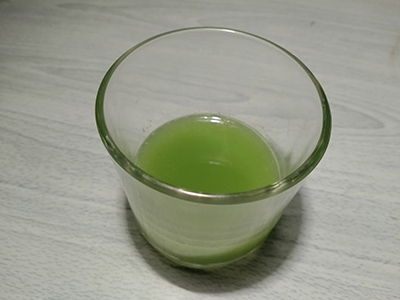
To Use: Take 3 to 4 tbsp of the bitter melon and ginger juice on an empty stomach daily for a month… If the taste makes you nauseous, start it in smaller quantities and gradually increase it to your tolerance.
You may also chill it before serving to make it more tolerable.








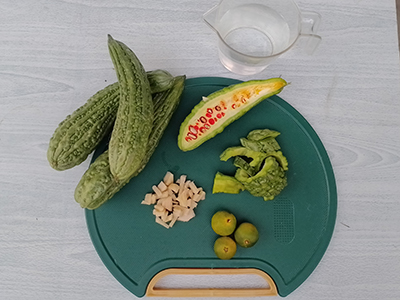
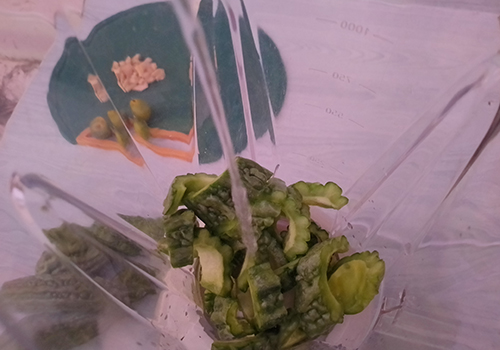
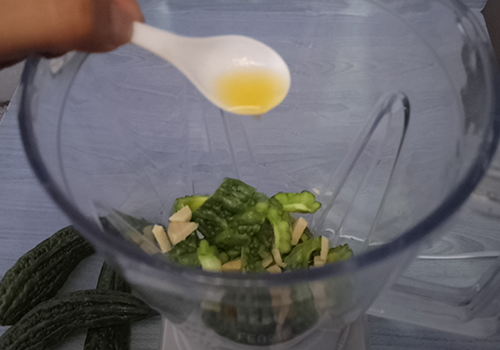
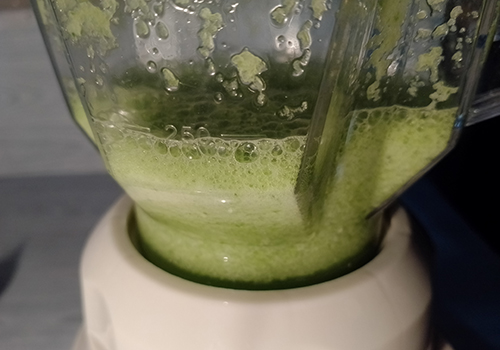
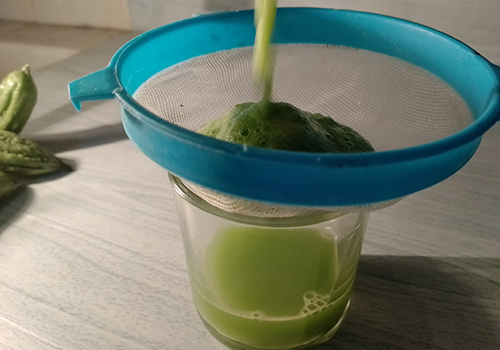
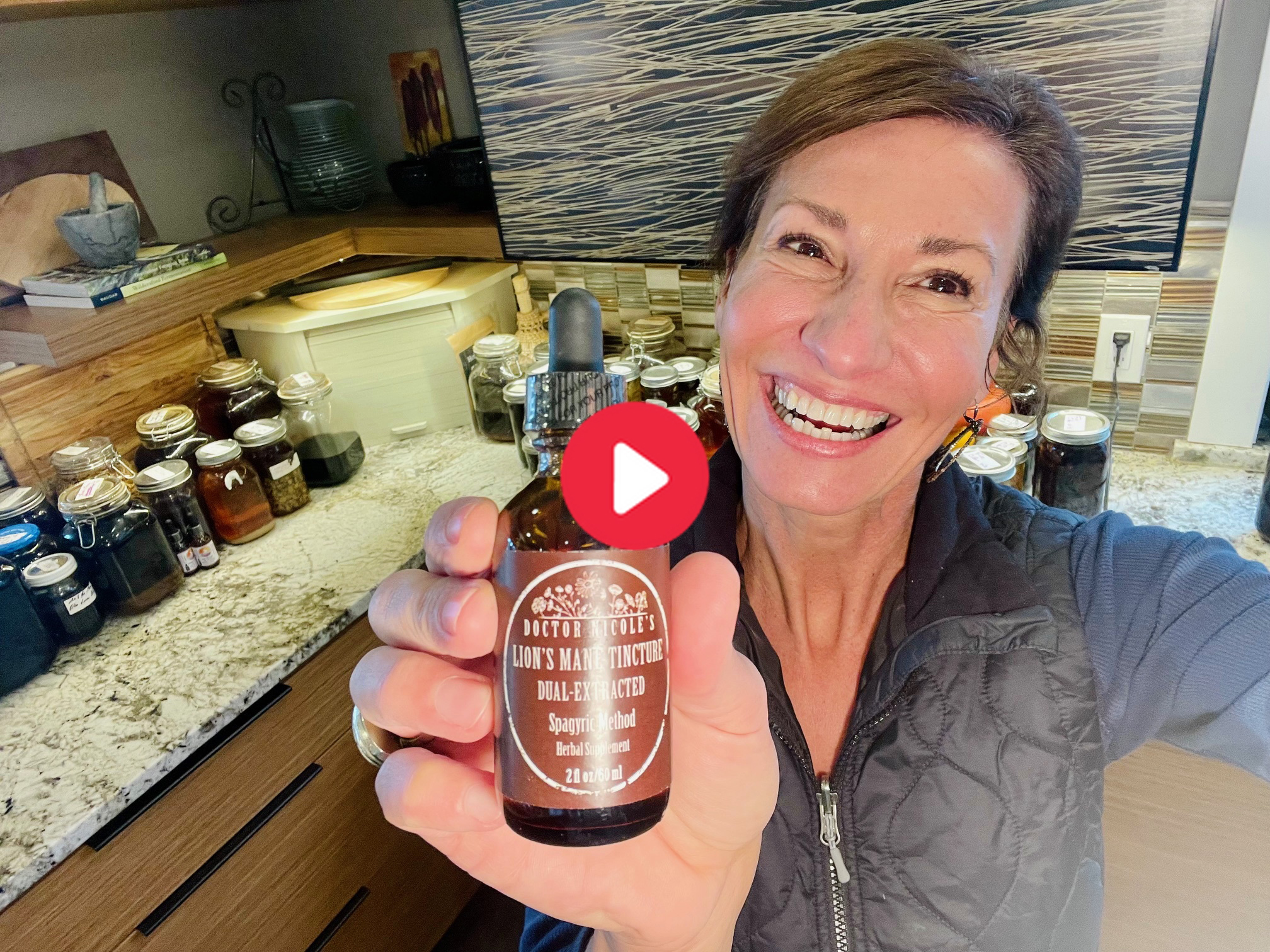
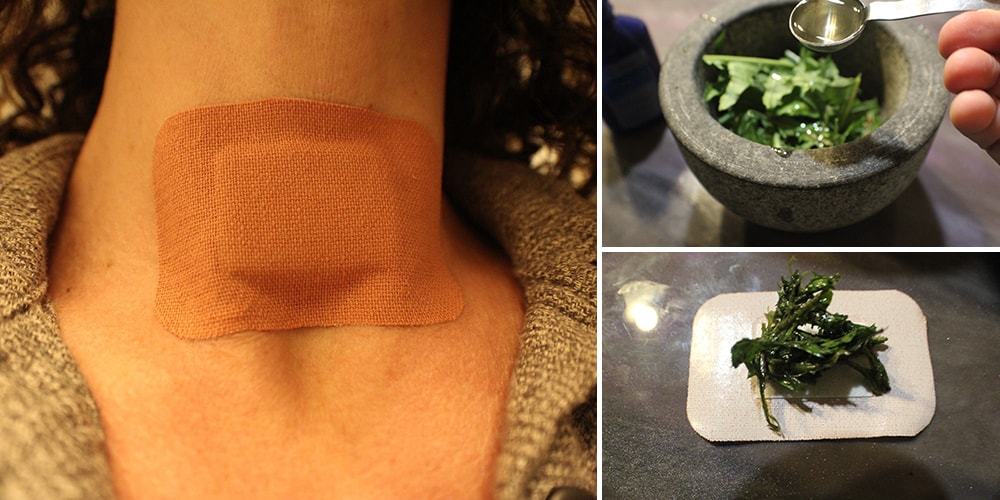
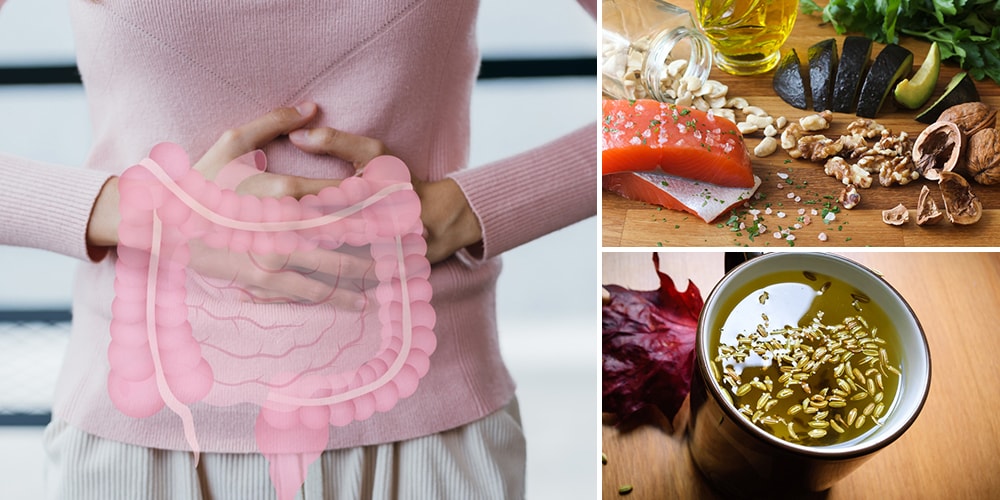
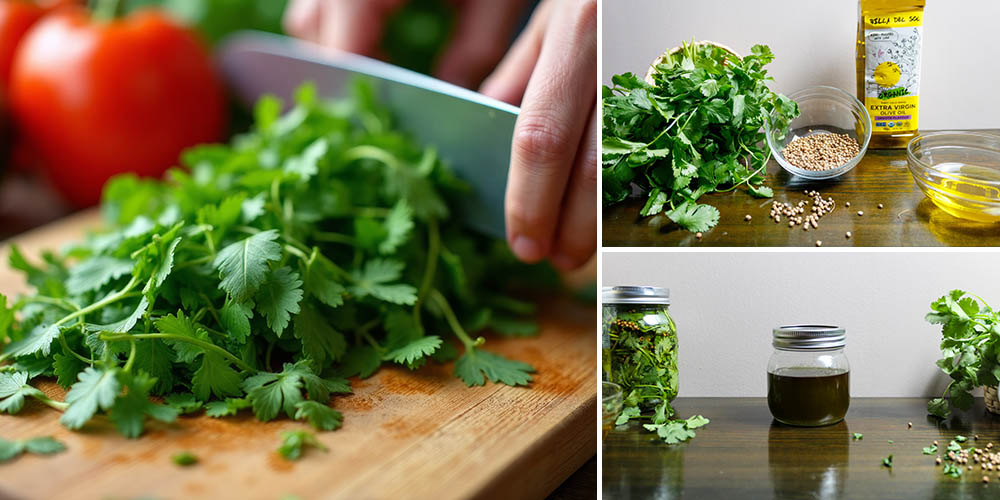
Hello. Could you use bottled bitter gourd juice as a substitute for fresh? I cannot easily purchase fresh in the UK.
Hello Janet,
Yes, you can use bottled bitter gourd juice as a substitute for fresh juice in the recipe.
If available, opt for organic bottled juice to avoid pesticides and to get a product that is closer to the fresh experience.
Many Blessings and Good Health!